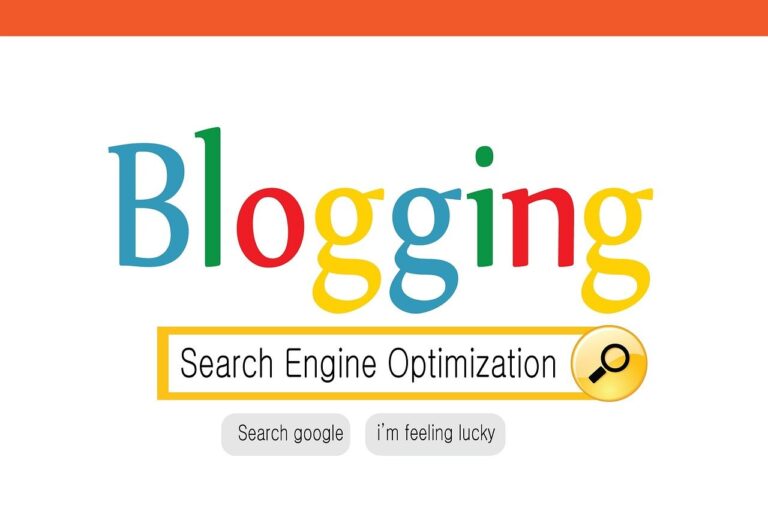Email campaigns remain a powerful tool for marketers to reach their audience directly. To maximize their effectiveness, it’s crucial to track and analyze key performance metrics.
Email campaign metrics are essential KPIs that measure the success of your email marketing strategies.
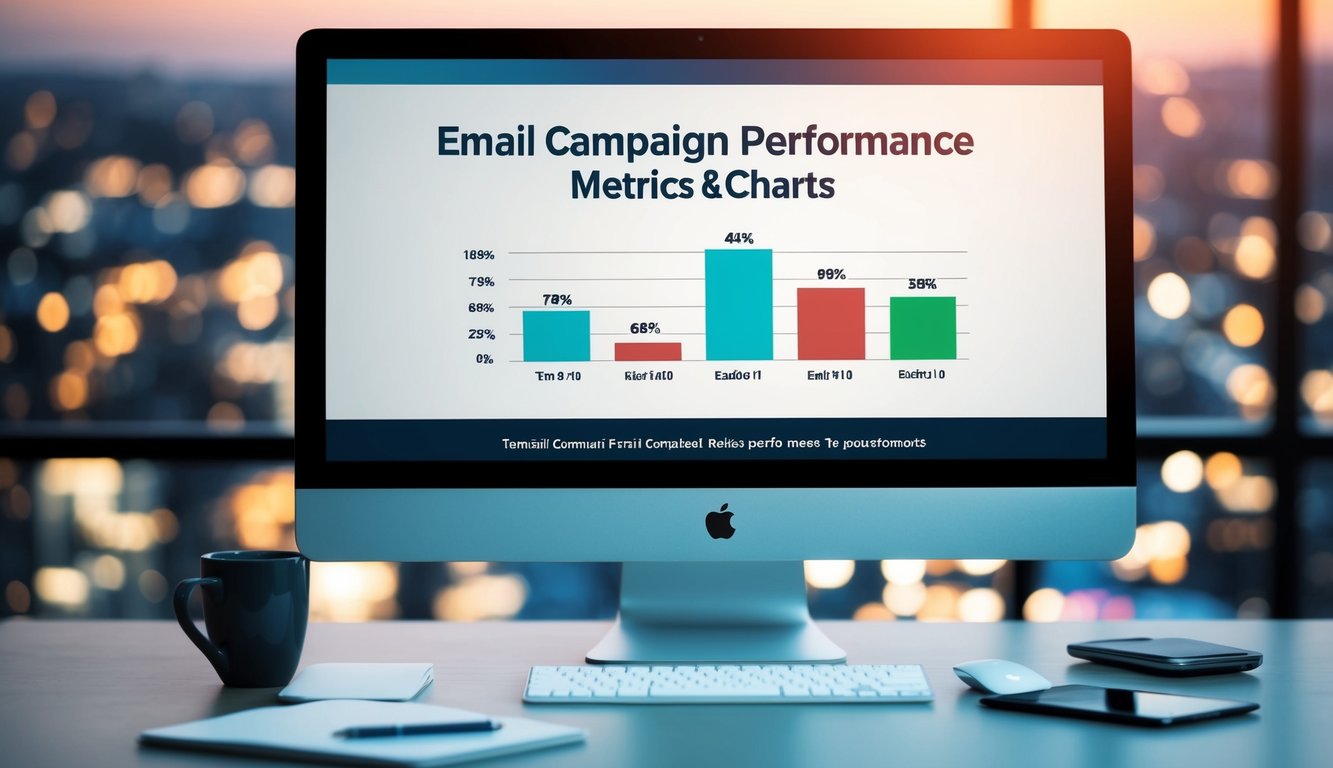
These metrics provide valuable insights into how recipients engage with your content. This allows you to refine your approach and improve results over time.
By focusing on data points such as open rates, click-through rates, and conversion rates, you can gauge the impact of your emails. Then, you can make informed decisions to enhance future campaigns.
Measuring email performance isn’t just about collecting numbers – it’s about understanding what those numbers mean for your business goals. By regularly analyzing these metrics, you can identify trends, spot areas for improvement, and ultimately drive better outcomes from your email marketing efforts.
Understanding Email Campaign Metrics
Email campaign metrics provide crucial insights into the performance and effectiveness of your marketing efforts. These data points allow you to gauge recipient engagement and refine your strategies for better results.
Importance of Tracking Email Metrics
Tracking email metrics is essential for optimizing your campaigns. It helps you identify what resonates with your audience and what doesn’t.
Key performance indicators (KPIs) reveal the success of your email marketing strategies. They show how many people receive, open, or read your emails.
By analyzing these metrics, you can make data-driven decisions to improve future campaigns. This leads to higher engagement rates and better return on investment (ROI).
Consistent monitoring allows you to spot trends and patterns in subscriber behavior. You can then tailor your content and sending times to match audience preferences.
Overview of Key Email Metrics
Several crucial metrics provide a comprehensive view of your email campaign performance.
Open rate measures the percentage of recipients who open your emails. It indicates the effectiveness of your subject lines and sender name.
Click-through rate (CTR) shows how many recipients clicked on links within your email. This metric reflects the relevance and appeal of your content and calls-to-action.
Conversion rate tracks the percentage of recipients who completed a desired action, such as making a purchase or signing up for a webinar.
Bounce rate indicates the percentage of emails that weren’t delivered. A high bounce rate may signal list quality issues or sending reputation problems.
Unsubscribe rate shows how many recipients opt out of your list. It can help you gauge overall subscriber satisfaction and content relevance.
Open Rates
Open rates provide crucial insights into the effectiveness of email campaigns. They reveal how many recipients are engaging with your messages and help gauge overall campaign performance.
Definition and Importance
Open rate measures the percentage of email recipients who open your message. It’s calculated by dividing the number of unique opens by the number of delivered emails. Open rates are a fundamental metric for evaluating email marketing success.
High open rates indicate your subject lines and sender names are compelling. They suggest your emails are reaching the inbox and resonating with subscribers. Low open rates may signal issues with deliverability, timing, or relevance.
Tracking open rates helps you:
- Assess subject line effectiveness
- Evaluate sending times and frequencies
- Identify engaged segments of your audience
Factors Influencing Open Rates
Several elements impact your email open rates:
- Subject lines: Catchy, relevant subject lines entice recipients to open.
- Sender name: Recognizable and trustworthy sender names improve opens.
- Timing: Sending at optimal times for your audience boosts engagement.
- List quality: Clean, up-to-date lists yield higher open rates.
- Email frequency: Finding the right balance prevents subscriber fatigue.
Mobile optimization is crucial, as many users check email on smartphones. Ensure your emails display properly on various devices to maximize opens.
Strategies to Improve Open Rates
To enhance your open rates:
-
Craft compelling subject lines:
- Use action words
- Create a sense of urgency
- Personalize when possible
-
Segment your list:
- Group subscribers by interests or behavior
- Tailor content to each segment
-
Test and optimize:
- A/B test subject lines
- Experiment with send times
- Try different sender names
-
- Remove inactive subscribers
- Update incorrect email addresses
-
Provide value in every email:
- Offer exclusive content or deals
- Ensure relevance to your audience’s needs
Click-Through Rates (CTR)
Click-Through Rate (CTR) is a crucial metric for measuring email campaign engagement. It indicates how effectively your content motivates recipients to take action. By tracking and optimizing CTR, you can enhance the performance of your email marketing efforts.
Understanding CTR
CTR represents the percentage of email recipients who clicked on at least one link within your message. To calculate CTR, divide the number of unique clicks by the number of delivered emails and multiply by 100. For example, if 100 emails were delivered and 5 recipients clicked, your CTR would be 5%.
A high CTR suggests that your content resonates with your audience and effectively prompts action. It’s important to note that CTR can vary significantly across industries and campaign types.
To gain deeper insights, consider analyzing CTR alongside other metrics like open rates and conversion rates.
Factors Affecting CTR
Several elements influence your email campaign’s CTR:
- Subject line: A compelling subject line increases open rates, giving your content a chance to generate clicks.
- Email content: Relevant, valuable information encourages engagement.
- Call-to-action (CTA): Clear, persuasive CTAs drive clicks.
- Design and layout: A visually appealing email with strategically placed links can boost CTR.
- Timing: Sending emails when your audience is most likely to engage can improve CTR.
- Segmentation: Tailoring content to specific audience segments often leads to higher CTRs.
Ways to Boost CTR
To improve your email campaign’s CTR:
- Personalize content: Use subscriber data to tailor messages to individual interests and needs.
- Optimize for mobile: Ensure your emails are easily readable and clickable on mobile devices.
- Test different CTAs: Experiment with button designs, colors, and copy to find what works best.
- Use compelling visuals: Include relevant images or videos to increase engagement.
- Segment your audience: Send targeted content to specific groups based on their preferences or behaviors.
- Create urgency: Use time-limited offers or exclusive content to encourage immediate action.
Conversion Rates
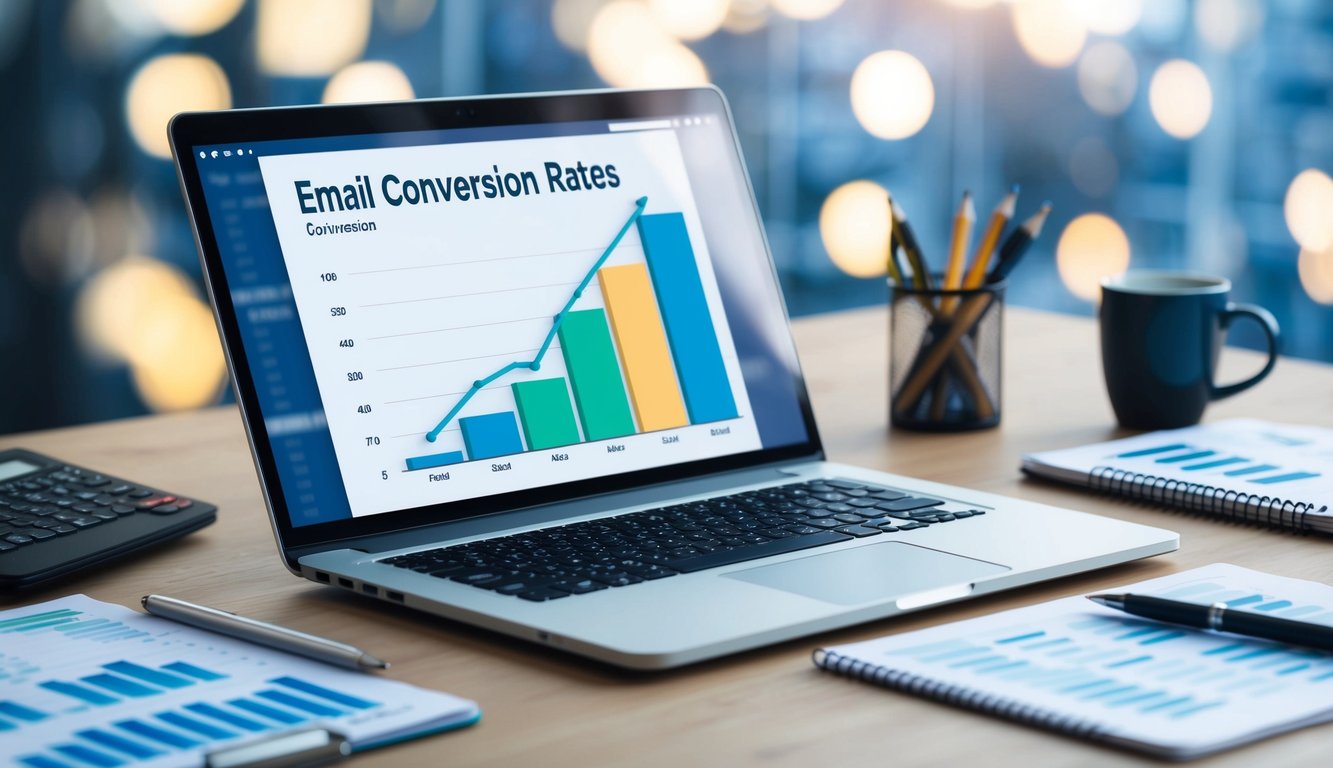
Conversion rates measure the effectiveness of your email campaigns in driving desired actions. They reveal how well your emails persuade recipients to take the next step, whether that’s making a purchase, signing up for an event, or downloading content.
Defining Conversion Rates
Conversion rates represent the percentage of email recipients who complete a specific goal action. To calculate this metric, divide the number of conversions by the total number of emails delivered, then multiply by 100.
For example, if you send 10,000 emails and 400 recipients make a purchase, your conversion rate would be 4%.
Different types of conversions can be tracked, including:
- Product purchases
- Newsletter sign-ups
- Webinar registrations
- Content downloads
- Account creations
Importance of Conversion Rates in Email Marketing
Conversion rates are crucial for evaluating the overall success of your email marketing activities. They directly link your email efforts to business outcomes, helping you understand the return on investment (ROI) of your campaigns.
High conversion rates indicate that your emails effectively:
- Resonate with your audience
- Provide value to recipients
- Align with subscriber interests
- Feature compelling calls-to-action
By tracking conversion rates, you can identify which email strategies drive the most valuable actions. This insight allows you to refine your approach and allocate resources to the most effective tactics.
Techniques to Enhance Conversion Rates
To improve your email conversion rates:
- Segment your audience: Tailor content to specific subscriber groups based on demographics, behaviors, or preferences.
- Personalize email content: Use recipient data to create more relevant, engaging messages.
- Optimize subject lines: Craft compelling, clear subject lines that entice opens.
- Design mobile-friendly emails: Ensure your emails display properly on various devices.
- Implement A/B testing: Experiment with different elements like subject lines, email copy, and call-to-action buttons to determine what resonates best with your audience.
- Create clear, prominent calls-to-action: Use action-oriented language and make buttons easily clickable.
- Provide value: Offer exclusive content, discounts, or insights that motivate action.
Unsubscribe Rates

Unsubscribe rates provide valuable insights into the health and effectiveness of your email campaigns. Tracking this metric helps you gauge audience engagement and refine your email marketing strategy.
What Unsubscribe Rates Indicate
Your unsubscribe rate is a direct measure of audience disengagement. It’s calculated by dividing the number of unsubscribes by the total emails delivered, then multiplying by 100.
A low unsubscribe rate suggests your content resonates well with subscribers. An ideal rate is around 0.2%.
Higher rates may indicate:
- Content that doesn’t meet subscriber expectations
- Frequency issues (too many or too few emails)
- Poor list hygiene or targeting
Monitoring trends in unsubscribe rates over time helps you identify potential issues early.
Common Reasons for High Unsubscribe Rates
Several factors can contribute to elevated unsubscribe rates:
- Irrelevant content: Emails that don’t align with subscriber interests
- Excessive email frequency: Overwhelming subscribers with too many messages
- Poor email design: Unappealing or difficult-to-read layouts
- Lack of personalization: Generic content that fails to address individual needs
- Misleading subject lines: Creating false expectations about email content
Identifying these issues allows you to make necessary adjustments to your email strategy.
Methods to Reduce Unsubscribe Rates
To lower your unsubscribe rates, consider implementing these strategies:
- Segment your email list: Tailor content to specific subscriber groups based on interests or behaviors.
- Optimize email frequency: Find the right balance between staying in touch and avoiding inbox fatigue.
- Improve content quality: Provide valuable, relevant information that meets subscriber needs.
- Personalize your emails: Use subscriber data to create more targeted, engaging messages.
- Use preference centers: Allow subscribers to choose email topics and frequency.
- Test and refine: Regularly analyze campaign performance and make data-driven improvements.
Setting Benchmarks for Email Campaigns
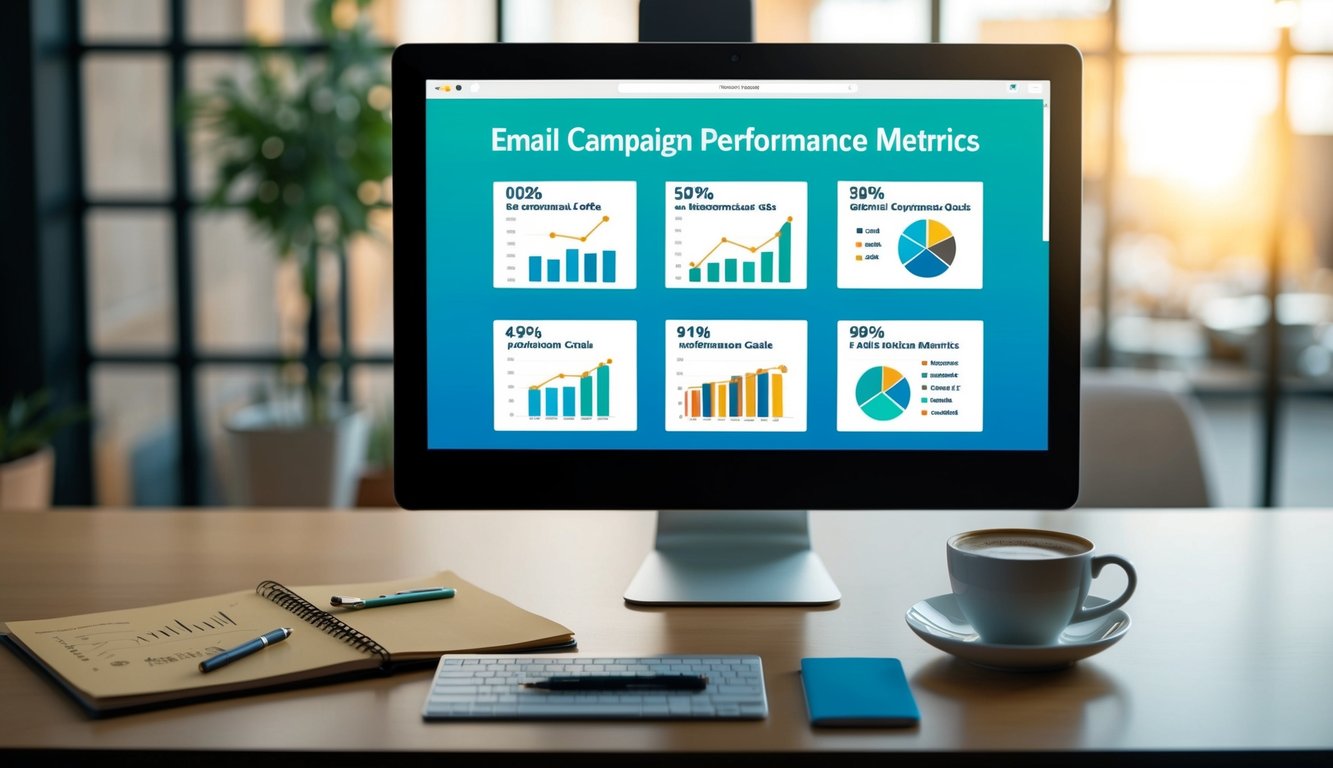
Establishing benchmarks for your email campaigns provides a foundation for measuring success and identifying areas for improvement. By setting clear performance targets, you can gauge the effectiveness of your email marketing efforts and make data-driven decisions.
Industry Standards and Benchmarks
Email marketing benchmarks serve as valuable reference points for assessing your campaign performance. These standards vary across industries and can help you understand where your campaigns stand in comparison to your peers.
Key metrics to consider include:
- Open rates
- Click-through rates (CTR)
- Conversion rates
- Unsubscribe rates
Industry averages for these metrics can be found through reputable email marketing platforms and industry reports. For example, average open rates typically range from 15% to 25%, while click-through rates often fall between 2% and 5%.
These figures are general guidelines. Your specific benchmarks may differ based on your industry, audience, and email type.
How to Set Realistic Benchmarks
To set realistic benchmarks for your email campaigns, start by analyzing your historical data. Review past campaign performance to identify trends and patterns in your metrics.
Consider the following steps:
- Calculate your average performance for each key metric
- Identify your best-performing campaigns and their metrics
- Set initial benchmarks slightly above your current averages
Adjust your benchmarks based on factors such as:
- Seasonality
- Changes in your email strategy
- Industry trends
Remember to set both short-term and long-term goals. This approach allows you to track progress over time and make incremental improvements.
Monitoring and Adjusting Benchmarks
Regularly track your email performance against your established benchmarks. This ongoing monitoring helps you identify areas of success and opportunities for improvement.
Create a dashboard or report to visualize your key metrics and their performance against benchmarks. This makes it easy to spot trends and patterns at a glance.
Periodically review and adjust your benchmarks based on:
- Changes in your email strategy
- Shifts in customer behavior
- New industry standards
Be prepared to revise your benchmarks upward as you improve your email marketing tactics. Conversely, don’t hesitate to adjust them downward if you encounter persistent challenges.
Interpreting Email Campaign Data

Interpreting email campaign data is crucial for optimizing marketing efforts and achieving better results. Effective analysis reveals valuable insights about subscriber behavior and campaign performance.
Analyzing Trends and Patterns
Look for recurring patterns in your email analytics to identify what resonates with your audience. Track open rates, click-through rates, and conversion rates over time.
Pay attention to which subject lines generate higher open rates. Note the types of content that drive more clicks and engagement.
Examine how different segments of your audience respond to various campaigns. This can help you tailor future content and offers to specific groups.
Consider the timing of your sends. Analyze which days and times yield the best performance for your unique audience.
Using Data to Make Informed Decisions
Use your email campaign metrics to guide strategy and improve future campaigns. Focus on key performance indicators (KPIs) that align with your goals.
If open rates are low, experiment with different subject lines or sender names. For poor click-through rates, revisit your call-to-action placement and design.
Test different elements of your emails, such as layout, images, or copy. Use A/B testing to compare variations and implement the most effective options.
Adjust your email frequency based on engagement data. Some subscribers may prefer more or fewer emails, impacting their long-term engagement.
Tools for Email Campaign Analysis
Utilize specialized tools to streamline your email campaign analysis. Many email service providers offer built-in analytics dashboards.
Consider using:
- Heatmap tools to visualize where subscribers click most often
- Conversion tracking software to measure ROI
- Segmentation tools for targeted analysis
Advanced analytics platforms can provide deeper insights, such as subscriber lifetime value or predictive analytics for future campaign performance.
Integrate your email data with other marketing channels for a holistic view of your campaigns’ impact on overall business goals.
Refining Email Marketing Strategies
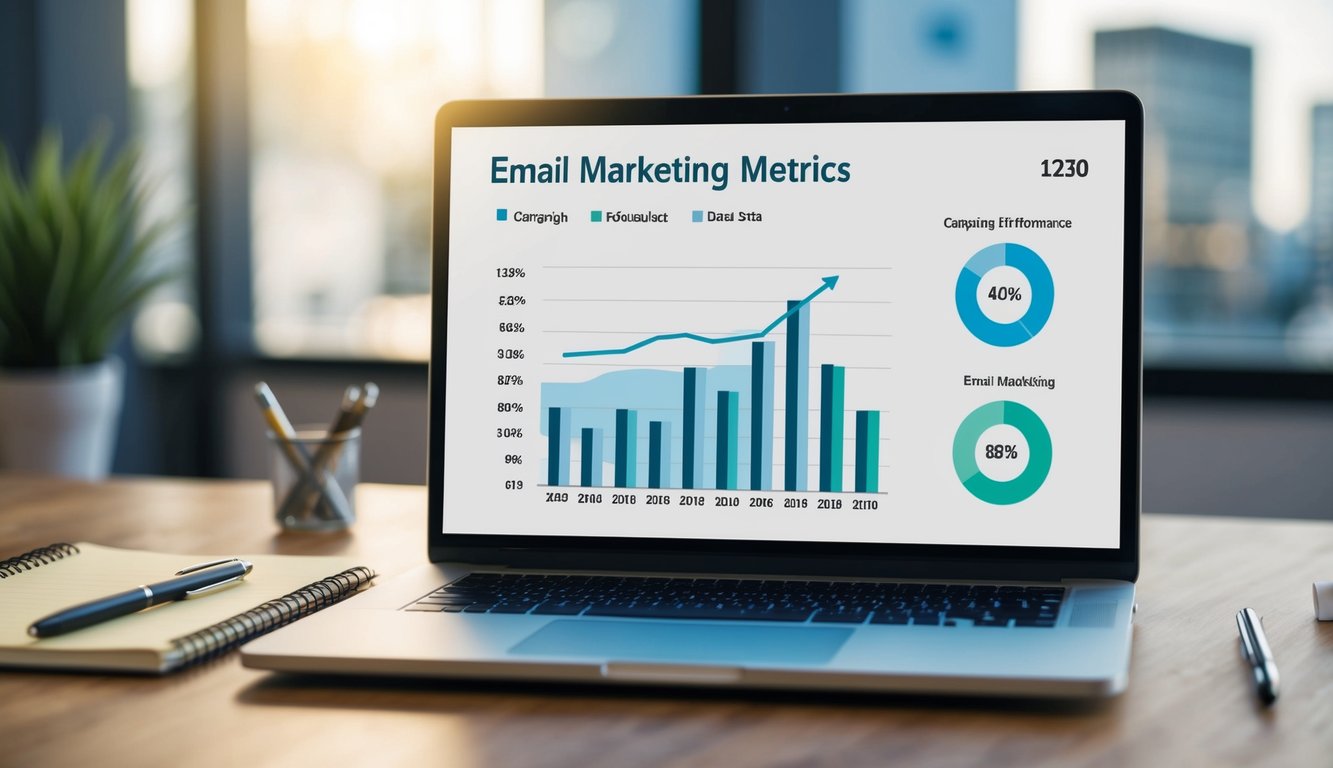
Effective email marketing requires continuous refinement and adaptation. By leveraging data-driven insights, you can optimize your campaigns for better performance and engagement.
A/B Testing and Experimentation
A/B testing is a powerful tool for improving your email campaigns. Test different elements like subject lines, content, layouts, and call-to-action buttons to identify what resonates best with your audience.
Start with small changes and test one variable at a time. This approach allows you to pinpoint exactly what impacts your email campaign metrics.
Create two versions of an email, send them to similar audience segments, and compare the results. Focus on key metrics like open rates, click-through rates, and conversions.
Use statistical significance to validate your findings. Implement the winning version in future campaigns and continue testing to drive ongoing improvements.
Personalization and Segmentation
Tailoring your emails to specific audience segments can significantly boost engagement. Use the data you’ve collected to create detailed subscriber profiles.
Segment your list based on demographics, past behaviors, purchase history, or engagement levels. This allows you to send more relevant content to each group.
Personalize your emails beyond just using the recipient’s name. Include product recommendations, location-specific offers, or content based on their interests.
Analyze email campaign performance for each segment to understand what works best for different groups. Refine your segmentation strategy based on these insights.
Continuous Improvement Practices
Establish a regular review process for your email marketing campaigns. Set aside time to analyze key metrics and identify trends or patterns.
Create a feedback loop with your subscribers. Use surveys or preference centers to gather direct input on what they want to see in your emails.
Stay updated on industry best practices and emerging trends. Attend webinars, read industry reports, and network with other email marketers to gain new insights.
Regularly clean your email list to maintain high deliverability rates. Remove inactive subscribers and update incorrect email addresses.
Test new technologies and tools that can enhance your email marketing efforts, such as AI-powered content generation or advanced automation features.
Conclusion

Tracking key email metrics empowers you to optimize your campaigns. By monitoring open rates, click-through rates, and conversion rates, you gain valuable insights into subscriber engagement.
Remember to analyze bounce rates and unsubscribe rates to maintain a healthy email list. List growth rates indicate the effectiveness of your subscriber acquisition efforts.
Use A/B testing to refine subject lines, content, and send times. This data-driven approach helps you continuously improve campaign performance.
Review metrics regularly to identify trends and adjust your strategy accordingly. Don’t hesitate to experiment with new tactics based on your findings.
By leveraging email analytics, you can create more targeted, relevant content that resonates with your audience. This leads to stronger relationships with subscribers and better overall results for your email marketing efforts.
Stay current with new tools and technologies that enhance campaign analysis. The email marketing landscape evolves rapidly, so adaptability is key to long-term success.
Frequently Asked Questions
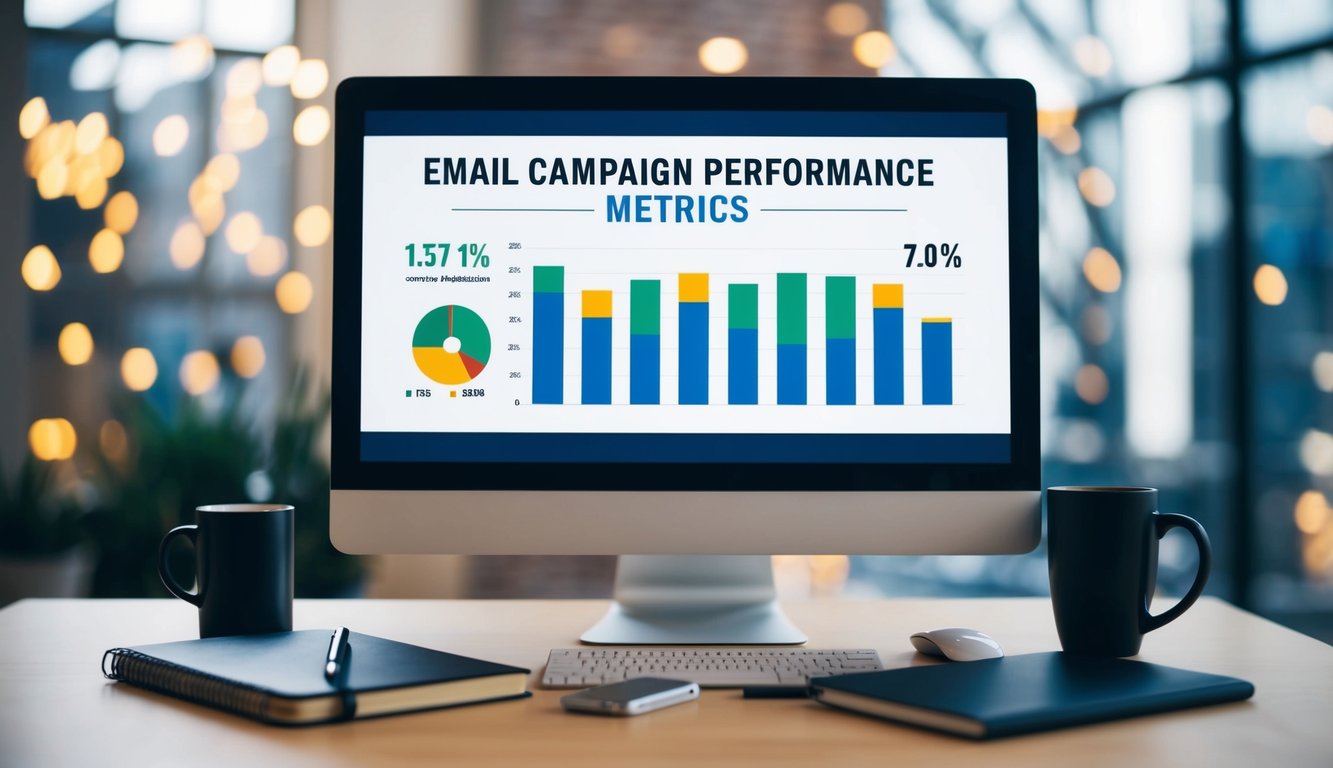
Email campaign performance analysis involves tracking specific metrics, interpreting results, using appropriate tools, and comparing against benchmarks. Creating effective reports and examining real-world examples can provide valuable insights for optimizing your email marketing efforts.
What are the key performance indicators (KPIs) to evaluate in an email marketing campaign?
The most important KPIs for email campaigns include open rate, click-through rate, and conversion rate. Open rate measures the percentage of recipients who opened your email. Click-through rate shows how many clicked on links within the email.
Conversion rate tracks the percentage of recipients who completed a desired action, such as making a purchase or signing up for a webinar. Other crucial metrics include bounce rate, unsubscribe rate, and email deliverability.
How do I interpret the results of my email marketing metrics dashboard?
To interpret your email marketing dashboard, focus on trends over time rather than isolated data points. Compare your current metrics to past performance and industry benchmarks. Look for patterns in open rates and click-through rates across different email types and audience segments.
Pay attention to how changes in your email content, design, or sending schedule impact your metrics. Use this information to refine your strategy and improve future campaigns.
Which tools are recommended for email marketing analytics and tracking?
Popular email marketing platforms like Mailchimp offer built-in analytics tools. These provide comprehensive dashboards for tracking key metrics and visualizing data. Other recommended tools include Google Analytics for website traffic analysis and CRM systems for tracking customer interactions.
Advanced users might consider specialized email analytics tools like Litmus or Email on Acid for more in-depth insights and testing capabilities.
What benchmarks should I compare against when analyzing email marketing metrics?
Compare your metrics against industry averages for your specific sector. Benchmarks can vary widely depending on your industry, audience, and email type. Generally, aim for open rates between 15-25% and click-through rates of 2-5%.
Also compare your current performance to your own historical data. This helps you identify improvements or declines in your email marketing effectiveness over time.
How can I create an effective email performance report template?
Start with a clear summary of key metrics like open rate, click-through rate, and conversion rate. Include trend graphs to show performance over time. Break down results by email type (e.g., newsletters, promotional emails) and audience segments.
Add sections for top-performing content and areas for improvement. Include actionable insights and recommendations based on the data. Keep the report concise and visually appealing with charts and graphics.
What does an email campaign analysis example typically include?
A typical email campaign analysis includes a breakdown of key metrics. These metrics are the open rate, click-through rate, and conversion rate. It compares these metrics to previous campaigns and industry benchmarks. The analysis also examines which subject lines, content types, and calls-to-action performed best.
It may also include segment performance, device usage data, and engagement trends. Recommendations for future optimizations based on the findings are often included.






